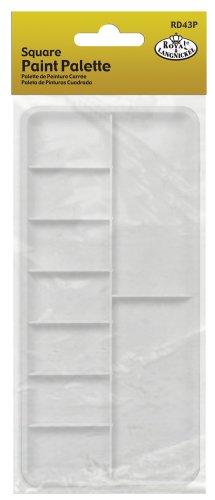Understand the psychology of color
When choosing a color palette for your website, it’s important to understand the psychology behind colors. Different colors evoke different emotions and can convey different meanings. For example, warm colors like red and orange are associated with energy and excitement, while cool colors like blue and green are often seen as calming and peaceful. Take some time to research the psychological effects of different colors and consider how they align with your brand and the message you want to convey.
Consider your brand and target audience
The colors you choose for your website should reflect your brand and appeal to your target audience. Consider the nature of your business and the personality you want to convey. Are you an eco-friendly company? Earthy tones and greens might be a good choice. Are you a tech company targeting a young and trendy audience? Bold and vibrant colors could be more appropriate. It’s important to strike a balance between staying true to your brand and appealing to your target audience. Conduct market research to gain insights into your target audience’s preferences and use that information to inform your color palette choices.
Use color theory to create harmony
Color theory is the study of how different colors and combinations of colors work together. Understanding color theory can help you create a harmonious and visually appealing color palette for your website. One basic principle of color theory is the color wheel, which showcases how different colors relate to one another. Complementary colors, which are opposite each other on the color wheel, create a strong contrast and can be used to draw attention to certain elements on your website. Analogous colors, which are next to each other on the color wheel, create a more subtle harmony and can be used to create a cohesive and soothing aesthetic.
Test your color palette for accessibility
Accessibility is an important consideration when choosing a color palette for your website. Not all users will see your website in the same way, and some may have visual impairments that affect their ability to perceive certain colors. It’s important to ensure that your color palette provides enough contrast between text and background colors to make your website accessible to all users. There are online tools available that can help you test the accessibility of your color palette, such as the WebAIM Contrast Checker. By analyzing the contrast ratio of your color choices, you can ensure that your website is readable and usable for everyone.
Stay up to date with design trends
While it’s important to create a unique and memorable website, it’s also important to stay up to date with current design trends. This doesn’t mean you have to follow every trend, but it’s good to be aware of what’s popular in web design. This can help you make informed decisions about your color palette and ensure that your website feels current and relevant. Keep an eye on design blogs, follow industry influencers on social media, and browse through websites of similar companies to see what color palettes they are using. By staying informed about design trends, you can make choices that are both on-brand and visually appealing.






